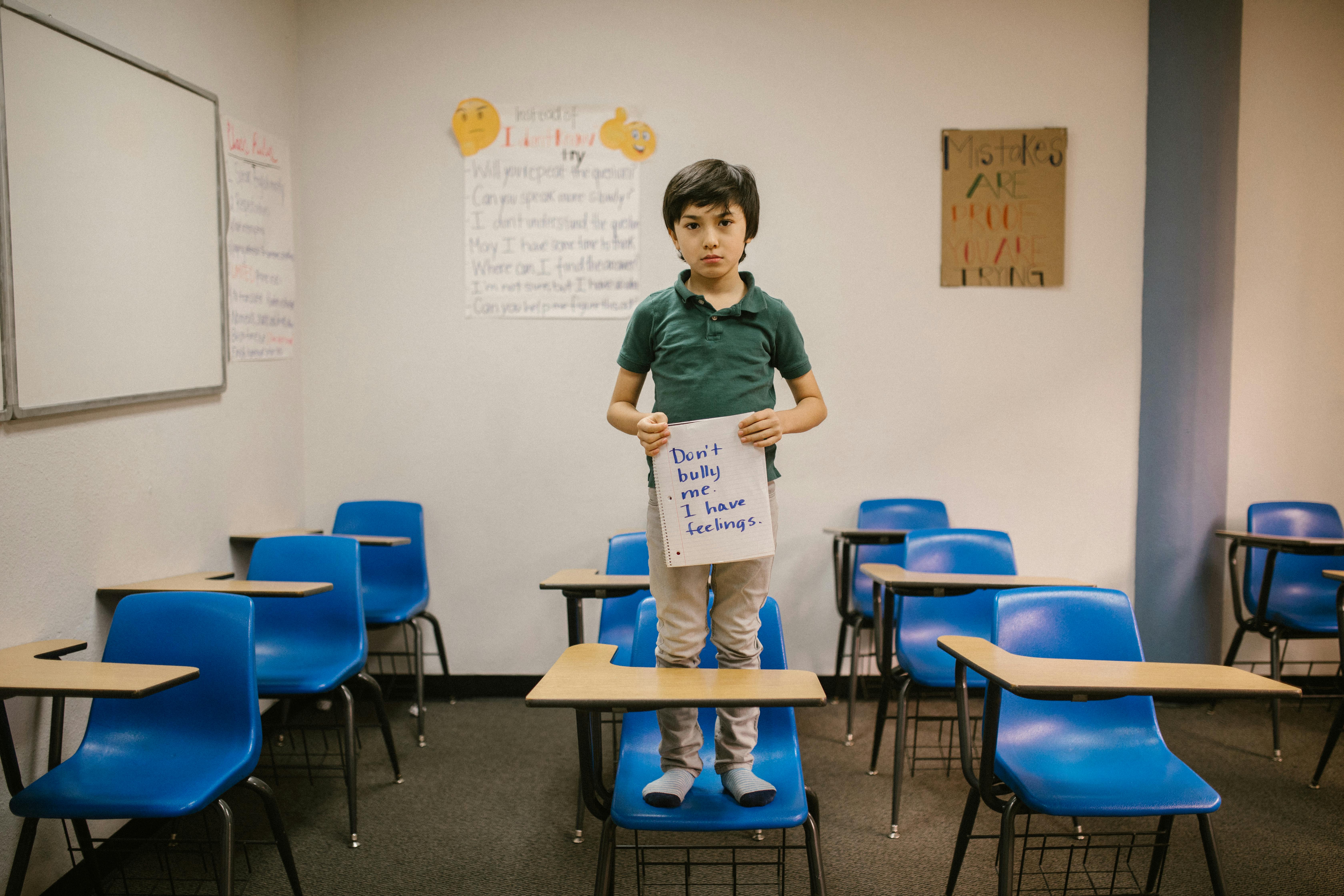
Practical Tips to Foster Curiosity in Kids; As parents, we can observe that some of our children are more curious than the others. A scenario occurred where a child who always asks to know any goods that were carried past their compound will be told what it is, and most times will request for it to be bought for him. On this particular day, a casket was being carried past and he requested for it to be bought for him. But the parents carefully explained what a casket is and its uses. The kid was filled with awe and was later in a position to educate his siblings both older and younger. That is the power of curiosity.
Curiosity, in essence, is a powerful tool for a child’s growth. It sparks the questions that lead to discovery, creativity, and learning. When kids are curious, they’re naturally motivated to explore and understand the world around them. Nurturing this instinct isn’t just about keeping them entertained—it shapes how they think, solve problems, and interact with others.
While some children seem naturally inquisitive, curiosity is something parents and caregivers can actively encourage. By fostering an environment where questions are welcomed and exploration is supported, you’re helping them develop skills they’ll use for a lifetime.
Create an Encouraging Environment (Practical Tips to Foster Curiosity in Kids)
Kids are like sponges—they absorb patterns, habits, and even attitudes from their surroundings. If you want to cultivate curiosity, start by shaping their environment to support exploration and creativity.
One of the easiest ways to foster curiosity in kids is by encouraging them to ask questions. Questions are how children make sense of the world—they’re like tiny seeds of curiosity that grow into a lifelong love of learning. But for this natural inquisitiveness to thrive, kids need an open, supportive environment where their questions are welcomed and valued. Here’s how you can make that happen.
Provide Access to Diverse Resources
A child’s curiosity thrives when they have access to a variety of materials that spark their interest. By offering resources that span a broad range of topics, you give kids opportunities to stumble upon new passions or develop existing ones. Think of it as setting up a treasure chest full of possibilities.
Some ideas include:
- Books: Stock up on books across diverse genres and subjects—science, art, history, or even quirky trivia books.
- Games: Board games, puzzles, and strategy games can teach skills like problem-solving and creativity, often without kids even realizing they’re learning.
- Online Tools and Apps: Use kid-safe apps and websites that encourage learning, like virtual science experiments, interactive math challenges, or coding for beginners.
- Field Trips: Plan outings to museums, zoos, botanical gardens, or science centers where kids can see and touch what they’re learning about.
- Everyday Exploration: Keep items like maps, globes, magnifying glasses, or art supplies on hand to encourage impromptu discovery.
Rotating resources regularly can also keep curiosity fresh. Sometimes, simply introducing one new book or game can lead kids down an entirely new rabbit hole of interest.
Embrace All Questions
Kids will ask a wide range of questions—from the outright fascinating to the seemingly endless “why” loop that never seems to end. Instead of dismissing or brushing off their inquiries, treat each question like it’s important. Create a culture at home or in the classroom where there’s no such thing as a “silly” question. Why? Because when kids feel safe asking anything, they’re more likely to explore their curiosities.
Some ways to encourage this include:
- React with enthusiasm: When kids ask a question, respond like it matters to you, even if you’ve heard it a hundred times.
- Avoid judgment: Even if a question seems obvious or nonsensical, resist giving negative feedback.
- Ask follow-ups: Show that you’re invested in the conversation by asking them to elaborate, like, “What made you wonder about that?”
Fostering a judgment-free zone tells children their thoughts and questions have value. It’s this kind of open mindset that gets their curiosity gears turning.
Respond Thoughtfully
When kids ask questions, how you respond can shape their enthusiasm for learning. A short, dismissive answer might make them think their curiosity is a dead end. Instead, aim to give answers that are engaging and, when possible, spark further questions. Think of your response as a conversation starter rather than a stopper.
Here are some tips for answering thoughtfully:
- Be detailed but not overwhelming: Give answers kids can grasp, adding just enough detail to intrigue them.
- Use examples or stories: Tying the answer to relatable or visual examples helps make it stick.
- Admit when you don’t know: It’s okay—even great—to say, “I’m not sure, let’s find out together.” This shows that learning is a never-ending process, even for adults.
For instance, if your child asks, “Why is the sky blue?” you can break it down into simple terms and explain how light from the sun interacts with the atmosphere. Include a fun fact or suggest an experiment with a prism to explore further. Responses like these encourage them to keep asking questions.
Turn Questions Back to the Child
Sometimes the best way to answer a question is to nudge the child to think through their own ideas. This doesn’t mean avoiding their questions but rather guiding them to develop critical thinking skills. It’s like giving them tools to build their thought process rather than handing them a completed puzzle.
How can you do this?
- Ask open-ended questions: If they ask, “Why do birds fly?” respond with, “What do you think makes that possible?”
- Encourage them to spot patterns: For example, “Have you noticed anything similar about animals that fly?”
- Propose mini-challenges: Say something like, “Can you come up with three reasons why that might happen?”
By turning questions back to them, you’re encouraging them to explore deeper and think critically. This process builds their problem-solving skills while reinforcing that their ideas and thoughts matter.
Creating an open environment for questions doesn’t just foster curiosity in the moment; it builds a foundation for a lifelong habit of learning, questioning, and seeking answers. Encouraging kids to explore their thoughts in this way helps them grow into independent thinkers who are excited to discover the world around them.
Model Curiosity as a Parent or Guardian
Children learn by watching. If they see you seeking answers or exploring new things, they’ll be more likely to do the same. Ask questions out loud during daily tasks, like, “I wonder how this works,” and involve them in finding the answer.
Pursue your own hobbies or share interests with your child. Whether it’s gardening, photography, or fixing appliances, showing curiosity in action demonstrates that learning is a lifelong process.
Adopt a Non-Judgmental Approach(Practical Tips to Foster Curiosity in Kids)
Kids won’t share their wild ideas or questions if they fear being criticized. Make it clear that no question is too silly to ask. Celebrate “out-there” thoughts or unconventional approaches to problem-solving.
When children feel safe expressing themselves, they’ll be more likely to take risks and explore unfamiliar territory. Build their confidence by acknowledging their creativity, not just their correctness.
Encourage Open-Ended Exploration
Part of fostering curiosity is loosening the reins. Let kids take charge of their learning whenever possible. Open-ended activities let them explore, experiment, and make connections at their own pace.
Ask Thought-Provoking Questions
Instead of simply giving them answers, try asking questions that make them think. For instance:
- “What do you think would happen if…?”
- “Why do you suppose birds fly in groups like that?”
- “How can we figure out what makes the bridge so strong?”
These types of questions encourage critical thinking and invite your child to investigate further, rather than just seeking a quick answer.
Provide Opportunities for Hands-On Learning (Practical Tips to Foster Curiosity in Kids)
Kids learn best when they’re actively engaged. Set up activities that let them experiment in tangible ways. Build rockets from paper towel rolls, bake cookies to teach measurements, or start a small herb garden together.
These hands-on experiences build problem-solving skills and make learning memorable. Bonus: they’re often a lot of fun for the whole family!
Limit Over-Reinforcement of Rules and Structure
Structure is important, but excessive rules can stifle exploration. If every minute of their day is planned, kids lose the freedom to follow their own curiosity.
Strike a balance by carving out unstructured time. Give your child opportunities to play, tinker, or explore without the pressure to perform or meet expectations.
Integrate Curiosity into Daily Activities(Practical Tips to Foster Curiosity in Kids)
You don’t need elaborate projects or fancy tools to nurture curiosity. Everyday activities are full of hidden learning opportunities—if you look for them.
Turn Daily Errands into Learning Moments
A trip to the grocery store can double as a math lesson. Let them weigh apples, calculate change, or compare prices. A walk in the park? That’s a chance to talk about ecosystems, ask why leaves change color, or observe wildlife.
Curiosity thrives when it’s woven into regular routines. Make everyday moments a little more magical by asking questions or pointing out interesting details.
Create a Routine for Sharing Discoveries
Encourage your child to share what they’ve learned. Family mealtime can be a great opportunity to ask, “What’s the coolest thing you learned today?”
Alternatively, turn it into a creative exercise. Have them keep a “discovery journal” to write or draw what they’ve observed or learned. Not only is this fun, but it reinforces their natural interest in exploring.
Celebrate Questions Instead of Just Answers
Children often feel like the reward lies in getting the “right” answer. Shift the focus by applauding the questions instead.
For example, instead of saying, “Good job, you got it right,” you could say, “That’s such a thoughtful question—I love how you’re thinking!” This approach reinforces curiosity over correctness and encourages kids to keep asking.
Conclusion(Practical Tips to Foster Curiosity in Kids)
Encouraging curiosity in kids is one of the greatest gifts you can offer. It’s not about having all the answers but creating a space where questions are valued, exploration is encouraged, and learning feels exciting. By fostering an open mindset, providing opportunities for hands-on learning, and supporting their independence, you’re helping children build skills that will benefit them for a lifetime.
These small, intentional steps can make a big difference. Whether it’s sparking a conversation, introducing new experiences, or modeling your own curiosity, these moments add up. Take the time to weave these practices into your daily life and watch as your child’s natural wonder flourishes.
What’s one thing you can try today to inspire curiosity in your child? Start there, and let their imagination guide the way.




Add comment